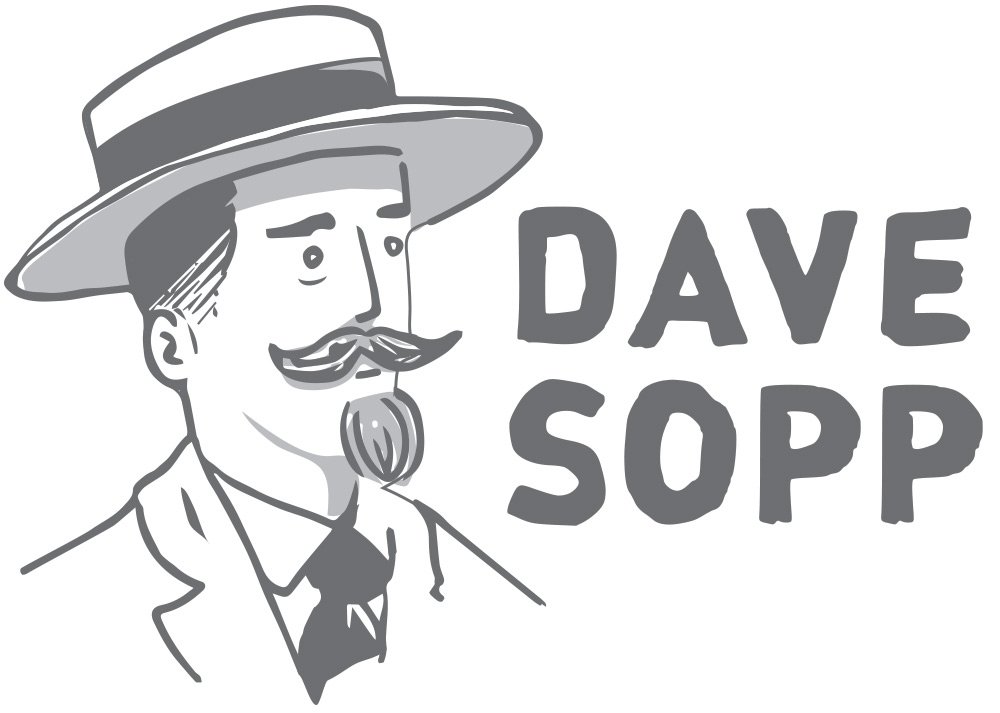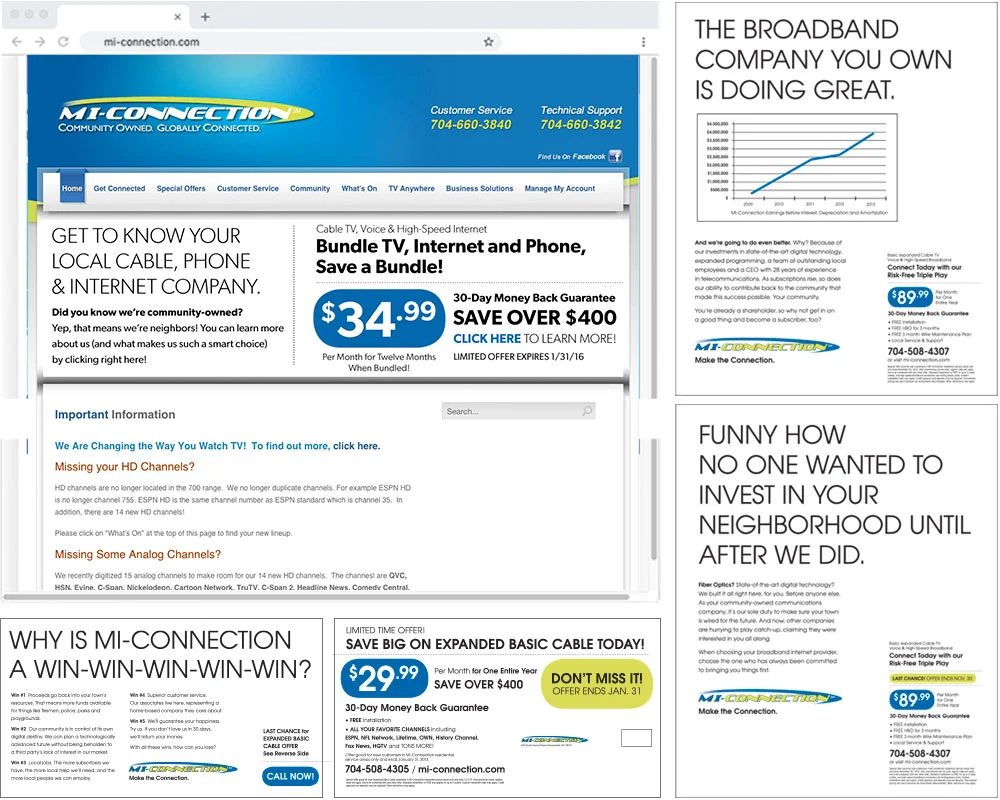Ok, this one is for the entrepreneurs and the CMO’s. I’m a big fan of the saying, “There’s more than one way to skin a cat.” Not because I’m not fond of cats, or because I think it’s such a bizarre adage to make in our modern, enlightened times. No, it’s because any problem can have a myriad of solutions. And what I like best about doing what I do is, well, no one really knows what idea is gonna work! Seriously. Not my client, not their spouse (everything ALWAYS gets cleared by a spouse), not even me. Even with all the data available today, people are STILL making EDUCATED GUESSES at solutions. Guesses based on past experience, and whatever information is available to push them in what is possibly the right direction. And no matter how big someone crushed it in the past, their experience and success doesn’t mean they’re somehow a marketing god. For example, J. C. Penny was desperate to save themselves from oblivion so they hired the hottest retail talent on the market – the guy credited with the Apple Store’s success. They did everything he said to do, and his grand plan was a colossal failure. Bad educated guess. As I write this, J.C. Penny is filing for bankruptcy.
So if you’re honest and admit you don’t know what to do to solve your creative problem, and you hire a creative to use their experience to analyze your story, market data, and target info in order to make an educated guess, then you have to ask yourself, “What are the odds that what we do will work?” Well, I have a secret way of increasing those odds of success, and I’m going to share it with you. You’re going to kick yourself when you read it. It’s something most creatives don’t do anymore. It’s the key to everything. Ready? Guess a lot of different educated guesses.
I’m not talking about thinking up a thousand random solutions and then asking your client to pick one. By the way, if anyone ever does this to you, get outta there! Because they don’t care about your business as much as they’re in love with their own creativity. Believe it or not, creatives don’t have to think very hard to conjure up a bunch of crazy shit. But chances are good this won’t happen to you because the only thing lazier a creative can do is to present you with just one solution. Or worse yet, three solutions that are all kinda the same somehow.
Here’s what you want to have happen, ‘kay? You want to see three solutions. That’s a good number. More than that and you’ll get overwhelmed and start forgetting the first two ideas, and that meeting’s going to be really fucking long. Why long? Because those three ideas should be VASTLY different from each other while solving the same problem. Your hired creative needs to explain exactly why each different idea’s unique angle solves your problem based on their experience, your business data, your competition, your target, and the creative problem itself. My writer-partner, Andrew Tonkin, called it, “Rubbing your brain all over it.” He and I treat creative problems as if they were our problems. And that’s how you get to educated guesses that respect your business and your challenge.
I’ll give you an example. Mr. Tonkin and I were once asked by a small San Francisco agency (Binocular and “Hi Michael!”) to help pitch Spaten West, Inc. At the time, the US was experiencing its first microbrew boom. Red Hook. Sam Adams. Anchor Steam. Sierra Nevada. All new names that were siphoning sales away from the big brands. Spaten wanted in on this “good beer isn’t Budweiser thing”. But, as you may know, Spaten is the exact polar opposite of those sexy newcomers. It’s a German import that is very respected but not as well known among the great unwashed as, say, Heineken. Spaten as a brand is, well, not very “fun” (hell, one of their offerings has a monk on the label). Interestingly, Spaten is 600 years old and, truth be told, their brand felt like it. So how do you make the oldest beer ever, compete (on a limited budget) for the attention of young, college-educated beer aficionados who are going ape for new microbrews launching every week? That was the problem, and here are the three varied guesses we presented.
1. Still Fresh After 600 Years.
Yeah, Spaten isn’t the newest beer, but look how sassy and self-effacing they are about it! We’d use our (see? With us, your brand/problem is our brand/problem) biggest disadvantage to our benefit. Not pictured (for obvious reasons) was the radio that Mr. Tonkin wrote for this campaign. It was a rebroadcast of an “actual” Spaten radio spot from 1458 where Klaus, a tired serf, takes a break to extoll the virtues of Spaten. Best line – “So when the sun sets at the edge of the world, I walk fifty furlongs into my nearest township, go to the inn and order up a frosty wooden mug of Spaten!”
1. Still Fresh After 600 Years - Old German woodcuts surrounding pithy, funny lines about how unapologetically old and authentic Spaten is. These were to be ads in SFWeekly, the Guardian and the like.
Spaten didn’t have a lot of money. Our executions wouldn’t cost a lot to make, we wanted to put all the money into putting it all out in the world. So what work they could afford to place had to work REALLY HARD. On the left is a bus shelter poster, upper right a fun coaster idea, and finally my favorite piece of the whole thing, the table tent that would be on every bar and table in the Bay Area.
2. Some Things You Just Can’t Translate.
Microbrews were making their own domestic versions of classic German beer varieties, so why buy an imported German beer? Well, Spaten makes a beer so delicious, it can’t be “translated” into an identical American copy. Not only can you not translate Spaten as a beer, you can’t even translate the words to describe it. The radio for this was funny for a couple of reasons. First, true to the “translate” theme, it was designed as an audio language learning course – How to Speak Spaten. Half the spot was in German and the gentlemen were were presenting to spoke German. But poor Mr. Tonkin had only a rough grasp of the language and we made him read the script aloud. At the end of his read, we all looked at each other in silence for what must have been a full minute before Andrew asked, “Did that make sense?”. The Spaten guys were again quiet before one of them ventured the German-accented question, “Was there something about a monkey?”
3. Spaten. The Real Germany.
Mention Germany to an American and they’ll conjure up the Rhine, Lederhosen, Oktoberfest, and pretzels (I know, I’m leaving WWII out but whatever). All these emotional cues are in Spaten’s 600-year-old wheelhouse, but they’re not the mindset you want to conjure up at your favorite sexy bar. So we’d contrast this aged, respected beer with the surprisingly young, hip, energetic, REAL Germany.
2. Some Things You Just Can’t Translate - Well, this is just silly. And admittedly sexually suggestive. But still a fun, viable way to get people’s attention and to make a connection. These were bus shelters, and you can be sure the bar coasters and table tents followed suit. We also had Spaten restroom signs in this campaign that’d we’d give to bars (Damen and Herren).
3. Spaten. The Real Germany. - The third direction brought some sexy sophistication to the party, along with some education regarding what the REAL Germany was all about. The script caption would call out the people, the bar or the city the photo captured.
May favorite part of this campaign was, again, the drink coaster (bottom right) that was shaped like Spaten’s shield logo.
See? Three super-different, fun ideas that could, in their own ways, logically help make a 600 year old German beer relevant to Americans who are crazy for better beer. So here would be your options at the end of the presentation:
A. Fall in love with one concept and we start making materials.
B. Really like two of the ideas and ask for revisions (maybe one was too spicy, and one was visually too busy or something). Whatever you do, don’t ask to have multiple ideas melded into one campaign. That never, ever, never, ever works.
C. Don’t like any of them, tell us how we missed the mark (or you remembered a detail or direction we never discussed) and we start all over.
Whatever the outcome, you’ll get to see your problem solved in surprising ways and you’ll have the reasoning to support any decision you make. So what did Spaten West, Inc. pick? None! Hahaha. They ended up going with the worst option, D – changing their mind and deciding not do anything at all. They truly didn’t have a lot of money, and if I remember right, it came down to that. But no matter! I got to use that good work to show you the kind of thinking you deserve to get when you hire a creative to solve a creative problem. And I didn’t even have to peel skin from an actual cat in the process!
DAVE SOPP – Creative
Yep, that’s me. I’ve got over 20 years of marketing strategy, graphic design, advertising art direction, and illustration experience. Want to use some of it? Email me at dave@davesopp.com




































































































